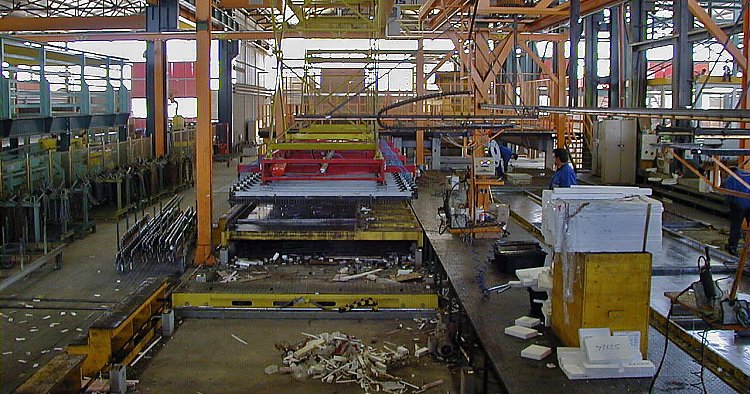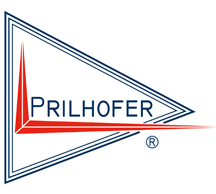The Future of Automatic Production Plants

The year 2020 was difficult for all of us personally. Thankfully, the housing sector remained unaffected and everyone involved had a very good year economically.
Looking ahead, what can we expect from the future? We know that forecasting the future is always difficult, but we want to try anyway.
After the Corona crisis is overcome and the uncertainties regarding jobs are reduced, everything should be on the rise again.
According to this logic, investments should be made now to be prepared for the future.
But the question is how?
Modernization or new construction?
Modernising the existing system or building a new one?
How do you make the right decision?
Actually, it's easy if you look at the right parameters.
In our opinion, there is only one parameter that you can have an influence on. That is the efficiency of production, i.e. the man-hours per m². Other parameters such as the prices for cement, steel or energy cannot be influenced or can only be partly influenced. The same applies to sales prices.
Therefore, the focus of modernisation must be placed on efficiency.
All technical and organisational improvements should therefore be measured against the increase in efficiency.
A simple example for the production of precast concrete slabs:

Investments in precast production
If replacement investments need to be made in an existing plant due to wear of machines and equipment, the hourly value will rarely be improved.
Should new machinery and equipment be implemented, it should be checked beforehand whether the efficiency can keep up with the investment.
For example: shuttering/demoulding robot with shuttering system:

For existing plants, there is no way to assume an increase in m²/h (demoulding area, etc.). The investment can only be calculated with the savings in employees. Therefore, 4 employees (2 per shift) must be saved in order to achieve the same production costs as without the robot.
Legal aspects
Another issue arises when existing production plants become equipped with new (additional) machines and control systems.
This is a significant modification and therefore the authorities require the CE conformity of the plant to be re-done.
The existing status of the plant becomes non-existent. In the event of an on-the-job accident, this could lead to problems with the authorities or the German Employer's Liability Insurance Association (BG).
Summary
The above-mentioned shows that it should be carefully considered and calculated which strategy to choose in order to secure a good competitive position for the coming years.
In relation to the coming developments (BIM, paperless production, more complex products, more attention to work safety), the production facilities and equipment should also be up-to-date in order to be best prepared for the future.

